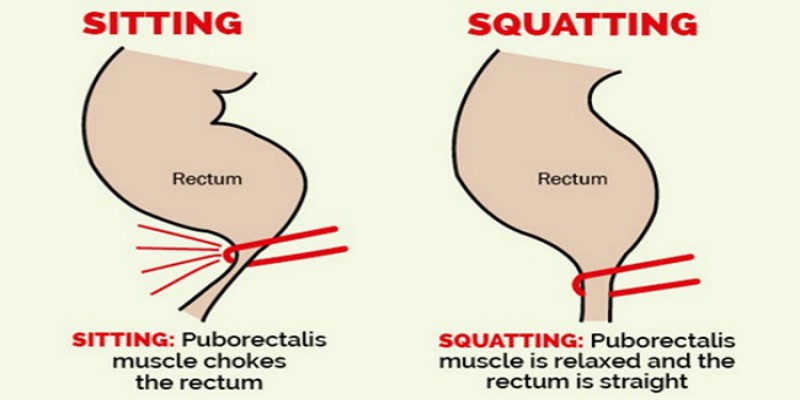As India embraces Western-style bathrooms, researchers warn that the change may come at a cost to gut health. Evidence shows the body’s natural posture favors squatting, raising questions about culture, health, and modernization.
A Body Built for Squatting
For centuries, squatting toilets have been the norm in India, seen not only as a cultural practice but also as one aligned with the body’s physiology. Medical studies suggest that squatting straightens the anorectal canal, easing strain during bowel movements and reducing the risk of constipation and hemorrhoids.
The Western Turn
Urbanization, rising incomes, and changing lifestyles have fueled a steady shift toward sitting toilets, prized for their comfort and convenience. Yet experts caution that the 90-degree sitting posture places greater stress on the digestive system. A 2025 review of 42 studies confirmed squatting offers more complete evacuation, especially for those with chronic gut problems.
Who Gets Left Behind
The squat, however, is not without its drawbacks. For older adults, people with arthritis, or those with limited mobility, the posture can be painful or even unsafe. Sitting toilets—ergonomically designed with adjustable heights—offer a practical alternative. Doctors suggest simple adaptations, such as footstools, can help replicate squatting posture on modern toilets.
A Question of Balance
India’s sanitation story is not just about hygiene or modernization—it is also about preserving physiological health while addressing practical needs. Policymakers and health experts argue that blending cultural traditions with modern design could create a system that respects both comfort and biology. The debate, ultimately, is less about toilets and more about how societies balance tradition with health in an age of rapid change.


